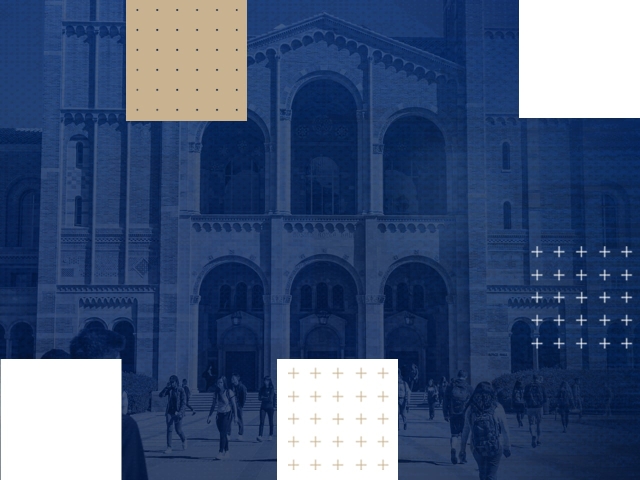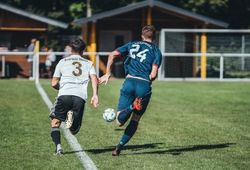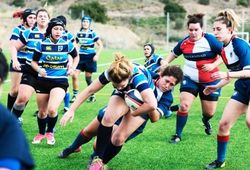The British and Irish Lions is a rugby union team selected from players eligible for any of the Home Nations, the national sides of; England, Ireland, Scotland and Wales. The Lions are a Test side, and generally select international players, but they can pick uncapped players available to any one of the four unions. The team currently tours every four years, with these rotating among Australia, New Zealand, and South Africa.
From 1888 onwards combined rugby sides from the United Kingdom of Great Britain and Ireland toured the Southern Hemisphere. The first tour was a commercial venture, and was undertaken without official backing. The six subsequent visits enjoyed a growing degree of support from the authorities, before the 1910 South Africa tour, which was the first tour representative of the four Home Unions. In 1949, the four Home Unions formally created a Tours Committee and for the first time, every player of the 1950 Lions squad had played internationally before the tour.
The earliest tours date back to 1888, when a 21-man squad, named the ‘British Isles’ visited Australia and New Zealand. The squad drew players from England, Scotland and Wales, though English players predominated. The 35-match tour of two host nations included no tests, but the side played provincial, city and academic sides, winning 27 matches. They played 19 games of Australian rules, against prominent clubs in Victoria and South Australia, winning six and drawing one of these.
The first tour, although unsanctioned by rugby bodies, established the concept of Northern Hemisphere sporting sides touring to the Southern Hemisphere. Three years after the first tour, the Western Province union invited rugby bodies in Britain to tour South Africa. The tourists played a total of twenty matches, three of them tests. The team also played the regional side of South Africa (South Africa did not exist as a political unit in 1891), winning all three matches. In a notable event of the tour, the touring side presented the Currie Cup to Griqualand West, the province they thought produced the best performance on the tour.
Five years later, a British Isles side returned to South Africa. They played one extra match on this tour, making the total of 21 games, including four tests against South Africa, with the British Isles winning three of them. The squad had a notable Irish orientation, with the Irish national team contributing six players to the 21-man squad.
In 1899 the British Isles touring side returned to Australia for the first time since the unofficial tour of 1888. The squad of 23 for the first time ever had players from each of the home nations. The team again participated in 21 matches, playing state teams as well as northern Queensland sides and Victorian teams. A four-test series took place against Australia, the tourists winning three out of the four. The team returned via Hawaii and Canada playing additional games on route.
Four years later, in 1903, the British and Irish team returned to South Africa. The opening performance of the side proved disappointing from the tourists' point of view, with defeats in its opening three matches by Western Province sides in Cape Town. From then on the team experienced mixed results, though more wins than losses. The side lost the test series to South Africa, drawing twice, but with the South Africans winning the decider 8 to nil.
No more than twelve months passed before the British and Irish team ventured to Australia and New Zealand in 1904. The tourists devastated the Australian teams, winning every single game. Australia also lost all three tests to the visitors, even getting held to a standstill in two of the three games. Though the New Zealand leg of the tour did not take long in comparison to the number of Australian games, the British and Irish experienced considerable difficulty across the Tasman after whitewashing the Australians. The team managed two early wins before losing the test to New Zealand and only winning one more game as well as drawing once. Despite their difficulties in New Zealand, the tour proved a raging success on-field for the British and Irish.
In 1908, another tour took place to Australia and New Zealand. In a reversal of previous practice, the planners allocated more matches in New Zealand rather than in Australia: perhaps the strength of the New Zealand teams and the heavy defeats of all Australian teams on the previous tour influenced this decision. Some commentators hoped to reach out to rugby communities in Australia, as rugby league (infamously) started in Australia in 1908. The Anglo-Welsh side (Irish and Scottish unions did not participate) performed well in all the non-test matches, but drew a test against New Zealand and lost the other two.




